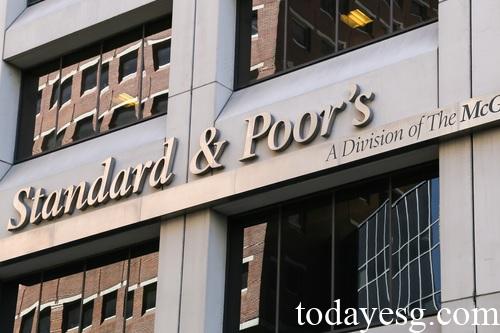ESG Risk Analyst Course
CRISIL, a subsidiary of S&P, released the Certified ESG Risk Analyst, which aims to provide investors with training in ESG analysis and sustainable development practices.
As a credit rating agency, CRISIL has accumulated a large amount of ESG risk assessments, case studies, data collections and other content, and has incorporated ESG concepts, terminology, frameworks, disclosure standards and regulatory policies into its courses to track ESG development trends and cover different asset classes.
Related Post: Wharton School Launched 4 ESG Courses
Contents of the ESG Risk Analyst Course
CRISIL believes that the Certified ESG Risk Analyst is suitable for banks, investment consultants, asset management companies, consulting companies and other industries. The course can help students:
- Gain a deep understanding of ESG risks and the long-term impact of these risks on the company.
- Understand the ESG market, including size, scope, drivers, risks and opportunities.
- Learn ESG risk analysis across multiple asset classes.
- Be familiar with ESG information disclosure standards and improve corporate information transparency.
- Understand how businesses create value through sustainable environmental and social practices.

The ESG risk analyst course covers topics including ESG concepts, carbon trading, corporate governance, enterprise risk management, climate change solutions, etc. It also involves the Sustainability Accounting Standards Board (SASB), Task Force on Climate Related Financial Disclosures (TCFD), the Science Based Targets Initiative (SBTi), and the Principles of Responsible Investment (PRI).
CRISIL provides two course samples, namely ESG Reporting Frameworks and ESG Environment. The course includes dubbing, animation, reading materials and tests.
Examination Requirements for the ESG Risk Analyst Course
The Certified ESG Risk Analyst holds exams four times a year. The training and exams are all completed online. The overall exam time is three hours, and students can obtain the certificate with a 60% accuracy rate.
Reference:








